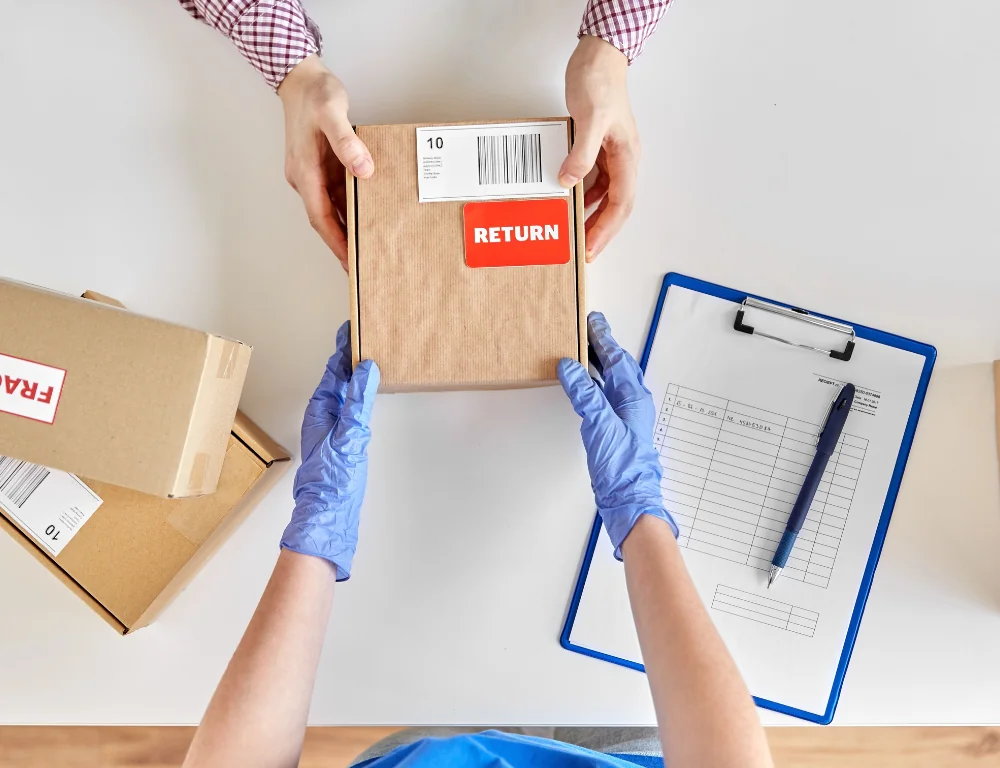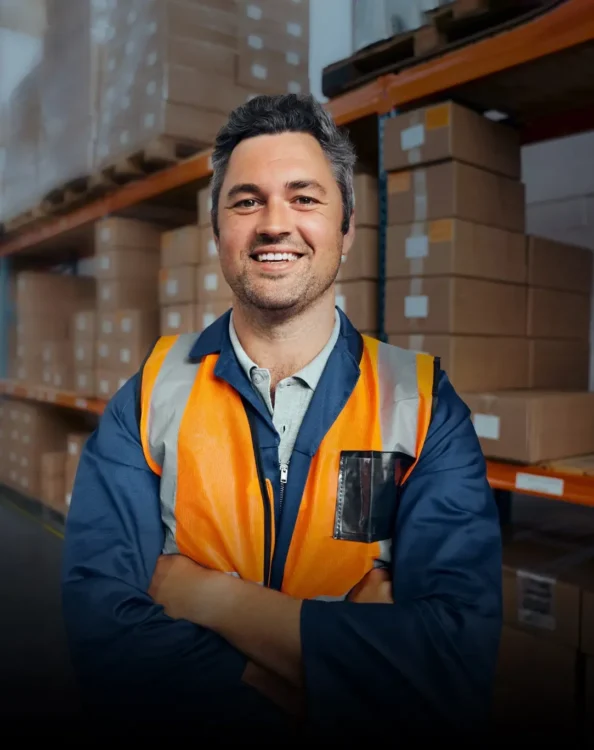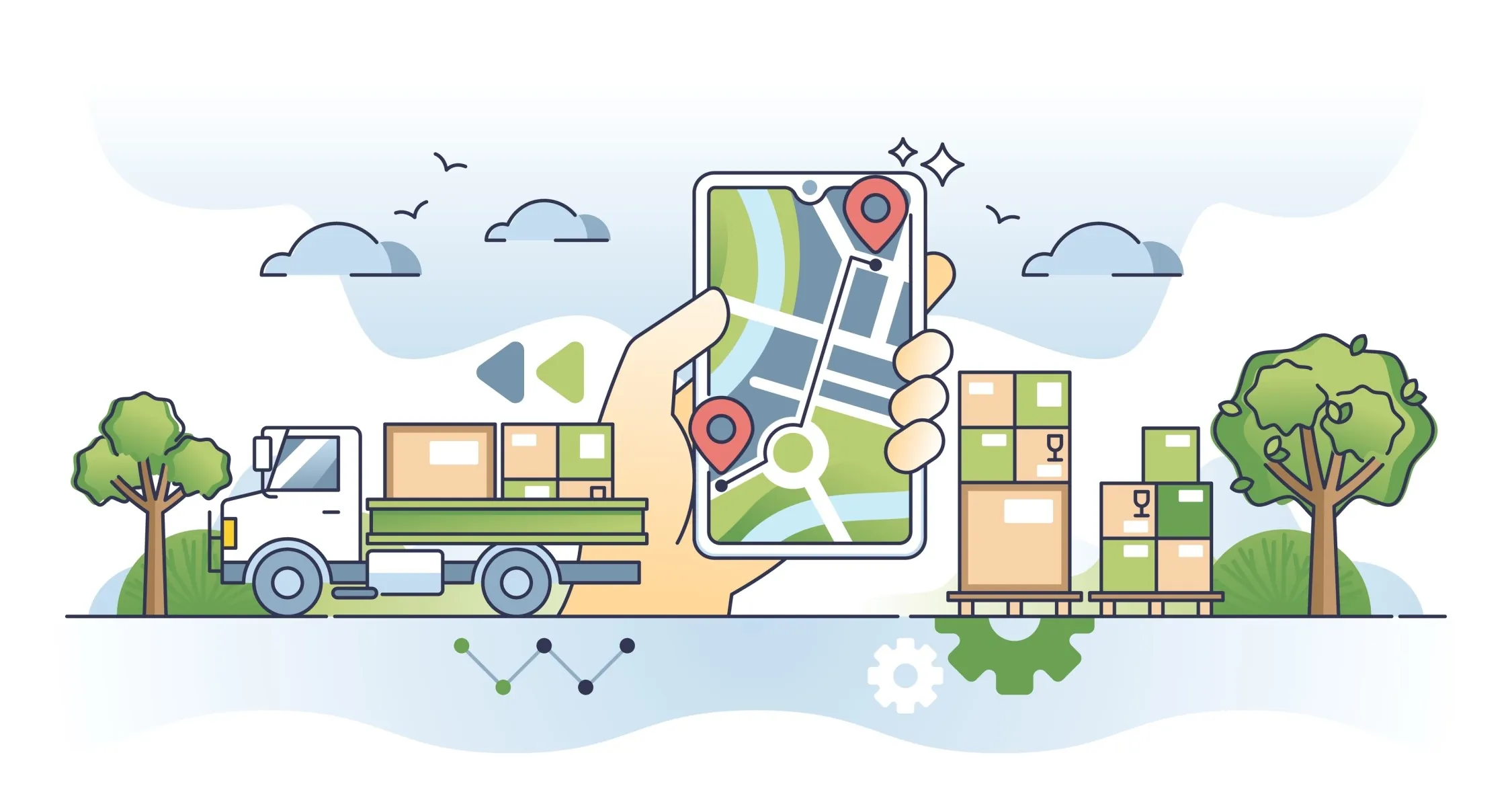
Using Reverse Shipping Logistics
Use reverse shipping logistics to maintain an efficient flow of goods and generate a better ROI. Reverse logistics reduces costs, decreases risks, and increase customer satisfaction. What is reverse shipping and how is FreightCenter involved?
Using Reverse Shipping Logistics
Freight shipping can be incredibly stressful, so much so that small business operators and supply chain managers everywhere may feel like pulling their hair out trying to make sense of it. An effective and efficient shipping strategy will keep you from going bald; however, effective shipping strategies are not as simple as just sending your products from point A to point B.
For example, what if Point B wants to return the product to Point A? There are many reasons why a customer may want to return their products back to the manufacturer or retailer. Therefore, businesses must consider setting up reverse shipping policies. These set guidelines for customers who wish to return their orders. This ensures that the reverse logistics operate as smoothly as possible, reduces costs, and keeps customers satisfied.
Read on to learn how reverse shipping logistics can increase customer satisfaction and optimize your supply chain.
We provide competitive freight shipping prices and an all-inclusive, easy-to-use shipping experience for our customers. Exceeding our customers’ expectations results in thousands of satisfied customer reviews and repeat business. We believe in the power of our customer relationships. Check out FreightCenter reviews from real customers, and learn what they have to say about their freight shipping experience!
- 2021, 2017 & 2016 Food Logistics’ Top Green Providers
- 2021 & 2018 Supply & Demand Chain Executives’ Pros to Know: Matthew Brosious
- 2020 & 2019 Top Food Logistics’ 3PL & Cold Storage Provider Award
- 2020 & 2019 Business Observer’s Top 500 Companies on the Gulf Coast
- 2020 & 2017 SmartWay® Transport Partner
- 2020 & 2017 Food Logistics’ Champions: Rock Stars of the Supply Chain
- 2020 Best of Palm Harbor Awards for Local Businesses
- 2017 Green Supply Chain Award from Supply & Demand Chain Executive
- 2017 Tampa Bay Business Journal Heroes at Work
- 2016, 2015, & 2012 Food Logistics Top 100 Software and Technology Providers
- 2013 Tampa Bay Business 100 by Tampa Bay Business Journal
- 2013 Top 100 Great Supply Chain Partners by SupplyChainBrain
- 2012 TIA Samaritan Award Honorable Mention
- 2012, 2011 & 2010 TBBJ Fast 50 Recipient
- 2013, 2011, & 2010 Diversity Business Top Businesses

Why Choose FreightCenter for Freight Shipping?
Expertise in Freight Shipping: With over 25 years in the logistics industry, FreightCenter is dedicated to guiding you through the entire logistics process, from beginning to end. Our goal is to make freight shipping easy to understand and book. Don’t waste time researching and receiving quotes from individual carriers- FreightCenter’s got your back!
Competitive Rates with Tailored Solutions: We prioritize high-quality customer service without breaking your wallet. We utilize our relationships with regional and national carriers to offer you competitive, affordable rates while providing personalized solutions to your needs. Need a liftgate? We got you! Want to expedite your order? Leave it to us! We’re ready to provide tailored solutions that don’t compromise your freight shipment.
Personalized Customer Support: FreightCenter is committed to satisfying our customers. Our friendly customer support team is here to help you every step of the way, from initial inquiries to post-shipment concerns. We handle all aspects of logistics, including tracking, paperwork, and communication with carriers, so you can focus on your business while we manage your shipment. Choose us for our reliable service and affordable quotes!
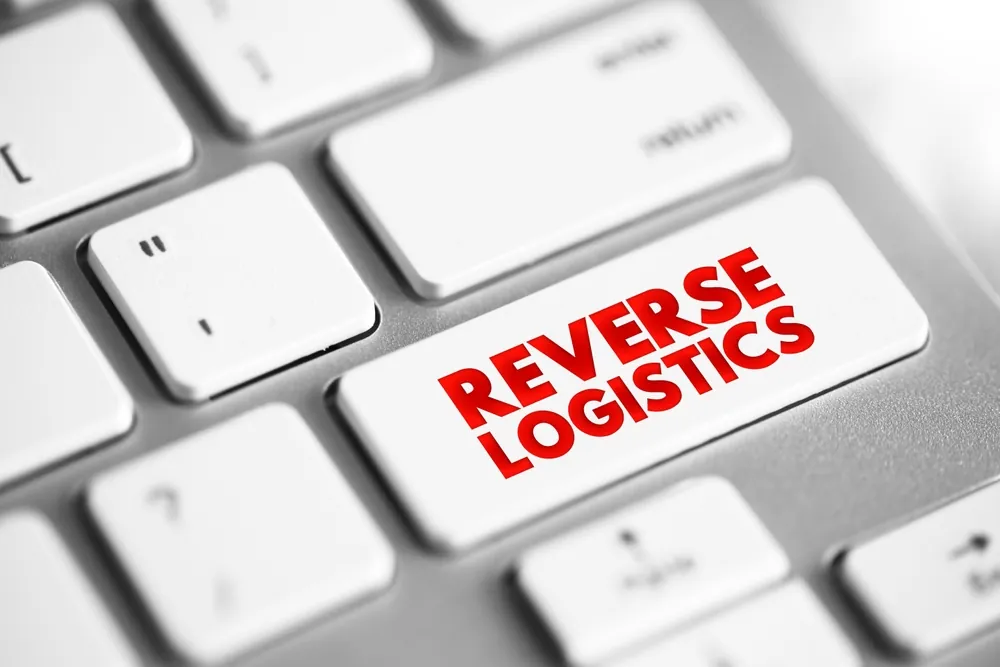
What is Reverse Shipping Logistics?
We’ve answered the question “What is reverse logistics?” before, but here’s a refresher.
Reverse logistics (or returns logistics) is the process of products and raw materials going from the end consumer back to the initial shipper. Reverse logistics often come take the form of returns, repairs, or disposals. Some examples of reverse logistics protocols include:
- Redirecting cargo back to the manufacturer or separate facility rather than the selling business.
- Providing shipping labels or arranging the pickup of returning cargo.
- Having the capacity to repair and resell damaged products
These types of things are common in the retail and eCommerce world. UPS and Amazon are well-known for their reverse logistics, but many famous retailers also have extensive reverse shipping policies in place. You’ve probably even been a part of a reverse shipping process yourself!
For example, a customer ordered clothes from an online clothing retailer. When the clothes arrived, however, the customer realized they had ordered the wrong size. Proper return policies should give customers a way to return the clothes to the retailer without complications while also refunding the customers directly or through coupons or store credit.
The Goal of Reverse Shipping Logistics
It’s easy to get cynical about reverse shipping logistics. After all, the customer is showing some form of dissatisfaction over the product they purchased from you. However, there are several reasons why reverse shipping logistics matters:
- Small business owners can salvage value from returned products by reselling them at discounted prices.
- Business owners can rectify any mistakes or errors on their part, such as defective products.
- Customers may purchase from the business again after a successful return, earning their loyalty to your brand.
- Customers will be happy if they can return or exchange products.
Increasing customer satisfaction is the main goal of a smart reverse logistics strategy. Giving customers the proper channels for when their product or shipment goes wrong to remedy a bad experience quickly helps you salvage the value of a lost product and customer.

Reverse Logistics Best Practices
Considering your return policies and reverse logistics strategies early is more important than ever, thanks to the emergence of eCommerce shopping. These strategies are also essential for busy shipping periods of the year, including the holiday season. Here are some reverse logistics best practices to consider:
- Be very clear. Clear and transparent returns policies, repair processes, and recycling processes all play a role in an effective reverse logistics strategy and help you gain customer loyalty amid a bad experience.
- Think about being flexible. Flexibility in the returns experience goes a long way with customers. Look for ways to make sending items back easier or offer in-store drop-offs for locals. Since most consumers wait to return items for weeks, consider extending your return policy timeframe.
- Consider printing or emailing shipping labels. While many consumers prefer to return items in stores, 13% of consumers surveyed stated they prefer returning items through shipping. To help make it easier for customers to return items who can’t bring them to the store, consider offering printing or emailing a return shipping label.
- Check the returned item thoroughly. You might be able to repair or salvage certain items, which can help reduce your costs. Any items that can be repaired can be resold in the future. Keep in mind that certain items might not be repairable. In that case, see what you can recycle.
- Be accurate and quick. While customers might take their time deciding to return a product, they expect an accurate and fast turnaround in the returns process. Look at your current returns policies and data from previous years to see where you can streamline the process.
To create value for our customers by delivering customized shipping solutions that meet their unique needs and to fulfill shipping demands from simple to complex with expertise, guidance and ingenuity.
Trust the experts at FreightCenter to give you the best prices and the most comprehensive options for all your LTL freight shipping needs.
We deliver optimized solutions for full or partial truckloads and competitive dry van, flatbed, and refrigerated freight pricing. We can cover your full truckload shipping needs.
Nationwide Expedited Trucking services move your freight securely and rapidly. Your freight requires fast delivery; our freight shipping experts can get your shipment fast, whether in one large box or a full truckload.
The most reliable Specialized Freight Services rates from all the top carriers are just a few steps away. From white glove service to international shipping, we've got you covered.
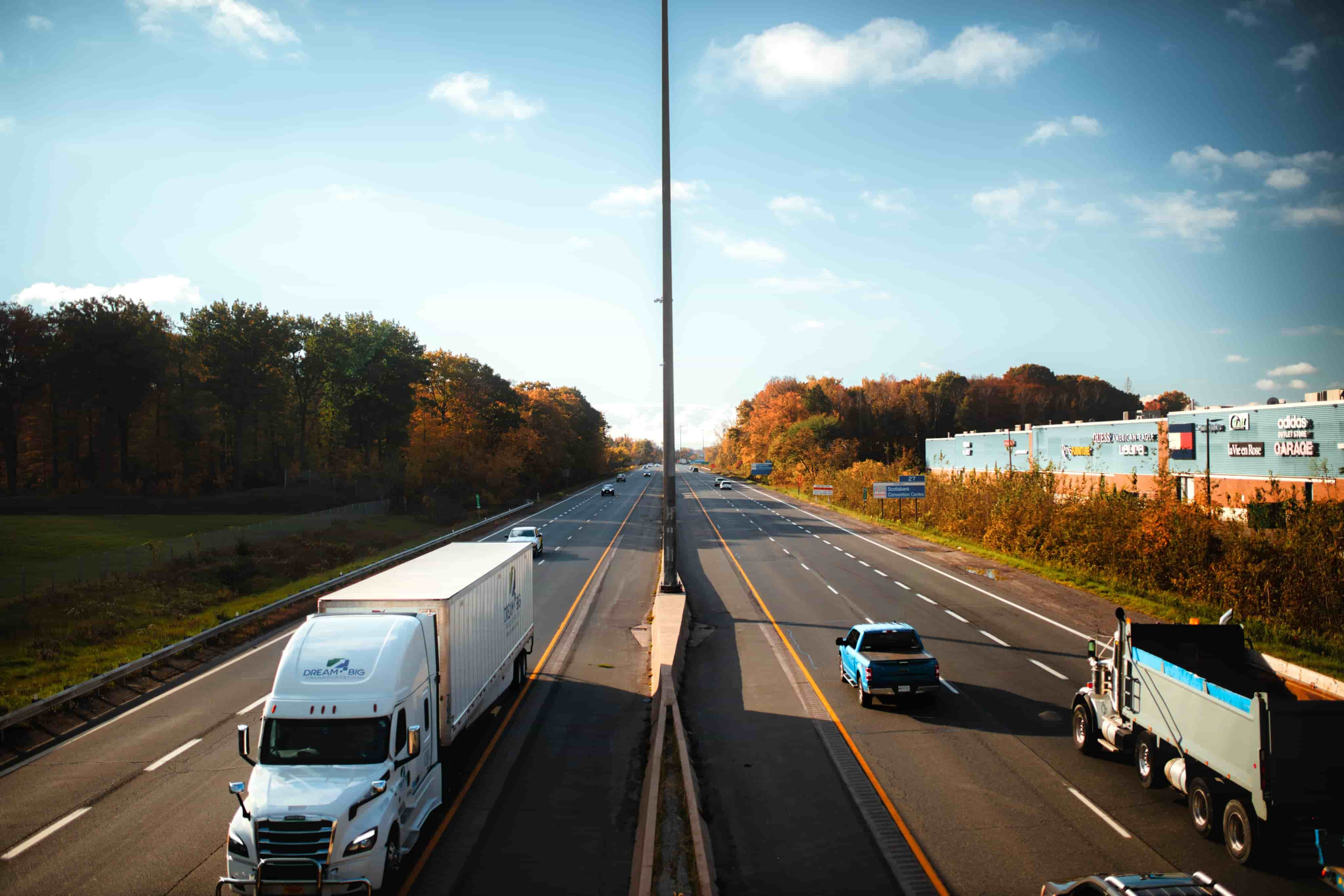
Frequently Asked Questions about Reverse Shipping Logistics

Q. What is reverse logistics?
Reverse logistics is the process of customers shipping purchased goods and services back to the original retailer or shipper.
Q. Why is reverse shipping logistics so important?
Having an effective reverse shipping logistics strategy is important for customer satisfaction. If they can return and exchange orders without hassle, customers will likely purchase from the same business again, boosting profits and earning customer loyalty for the business.
Q. What kind of reverse shipping policies should I implement for my business?
What kind of policies you implement for your reverse shipping logistics strategy depends on what kind of business you’re running. Here are a few suggestions to start off with:
- Clearly state what items can be returned, refunded, or exchanged and outline what cannot.
- Have a firm deadline for when items can be returned.
- Include a proof of purchase clause for identification purposes.
3 Advantages of Using FreightCenter for Freight Shipping

25+ Years of Service
We have over 25 years of experience, as evidenced by our large network of professional carriers. Our knowledgeable team of shipping experts is ready to help you optimize your shipping experience.
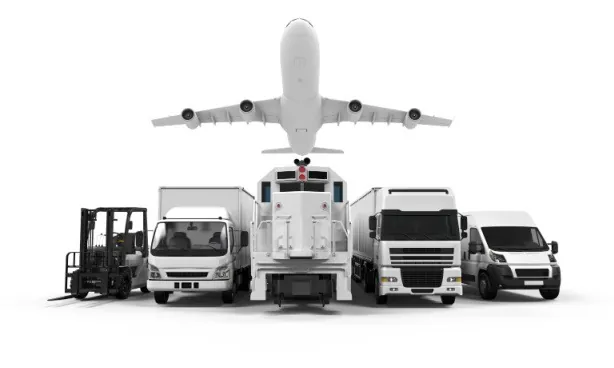
Customizable Shipping Options
Need a liftgate? No problem! Need to ship your products quickly? We got you covered! Our FreightCenter agents can offer tailored solutions for your specific shipping needs while offering affordable rates you can’t find anywhere else.

Friendly Customer Support
Our customer support team has the answers to many of your shipping questions and concerns. We’re here to help you through every step of the shipping process, from initial inquiries to post-shipment issues.

